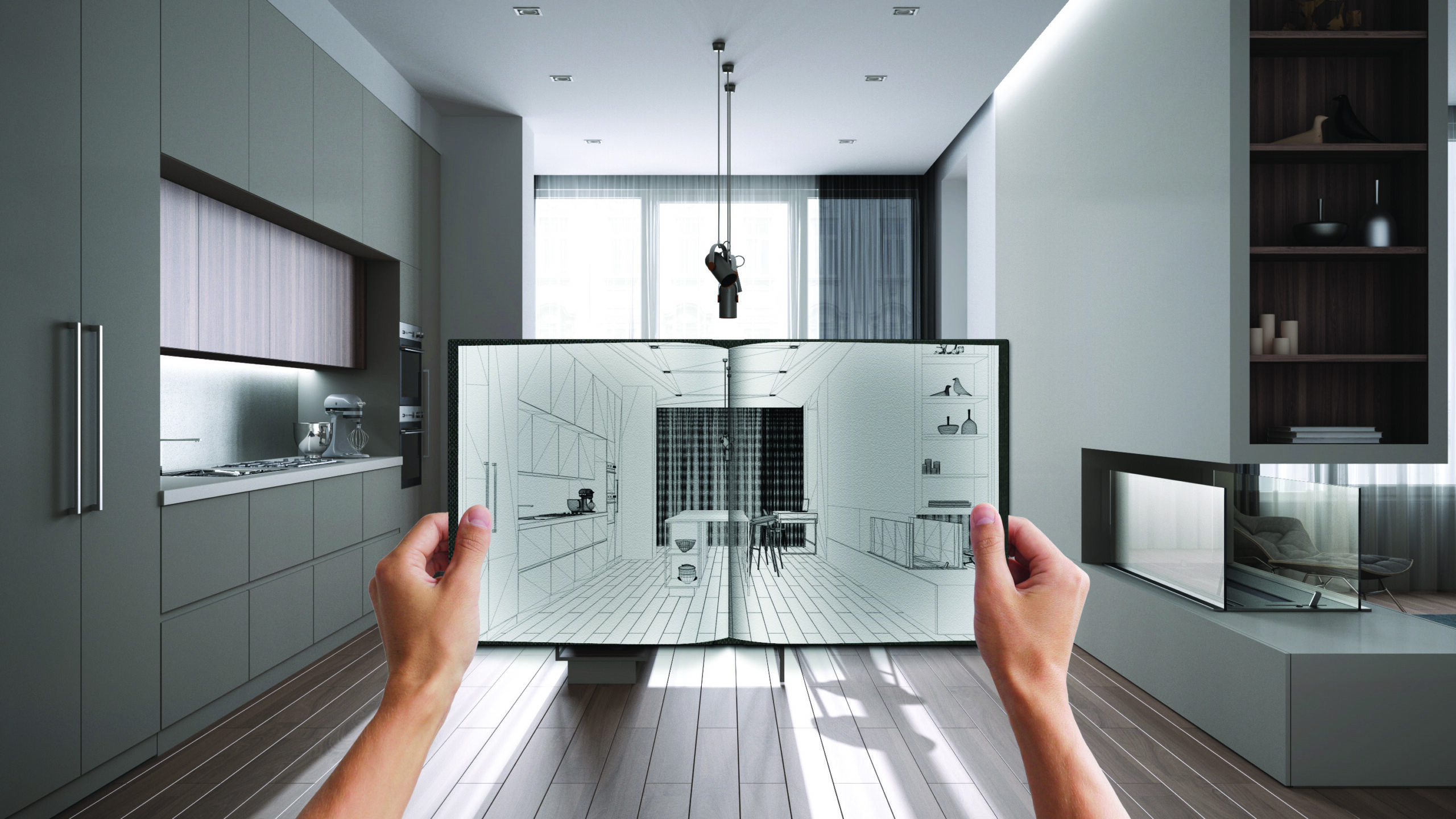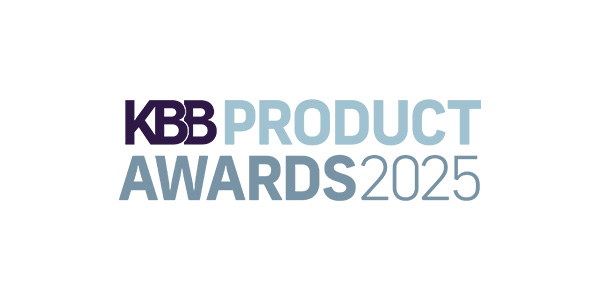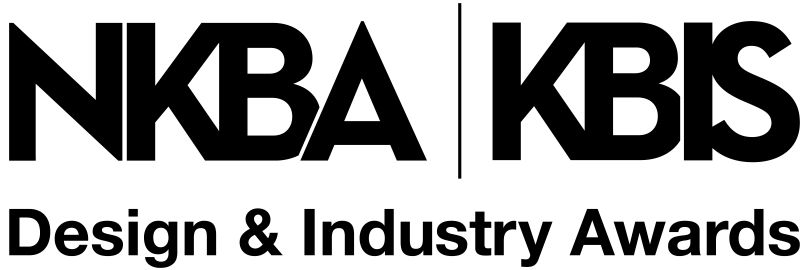Designers can play a crucial role in preventing oversights on a jobsite, and it all starts by setting the expectations at the first client meeting. When a client hires a designer for a project, they are not only looking for guidance and advice on the aesthetics of the space, but they also look to their designers to be an advocate for the project. This involves orchestrating the many moving pieces and trades involved on a jobsite. But in that controlled chaos, mistakes can happen. Here are some strategies for designers to avoid costly design project mistakes to create beautiful spaces and happy clients.
Budget & Plan with Intention
At the first meeting, a scope of work is normally discussed. But the budget discussion is one of the most, if not the most, imperative conversation to have at the beginning. Designers have the ability to design to a budget, which provides a higher percentage of that project coming to fruition. Knowing how much a client is willing to invest and advising them to include a contingency for unexpected costs is the first step in avoiding costly mistakes. In addition to budget, designers must understand the entire scope of the project and materials needed, as well as defining the priorities and deciding which aspects are non-negotiable. Spending time understanding the client’s goals, style preferences and budget will avoid miscommunications which can lead to costly revisions later.
Communicate a Clear Vision
A designer should be using blueprints, drawings or 3D models to help clients visualize the result and ensure alignment with common goals for the space. These detailed plans will also ensure that a contractor has the necessary information on the jobsite for referencing and guaranteeing a project runs smoothly. In addition to aesthetics, designers must prioritize functionality for a space. A design might look great, but if it doesn’t meet the client’s practical needs, it can lead to costly changes down the road.
Hire Professionals
When embarking on a project, it’s incredibly important to get the right people in place to produce a successful job. This team may have individual tasks, but together their goal is to create a space that meets the client’s needs, on time and on budget. When hiring a contractor, we must check credentials, reviews and portfolios as well as confirm the contractor has proper licensing and insurance to avoid liability. And when it comes to the contract, get everything in writing. Contracts should specify materials, costs, timelines and responsibilities. This allows for a clear vision and delegated responsibilities associated with the project. One of the best ways to avoid costly mistakes can be involving contractors early in the design phase to understand structural limitations, material availability and feasibility.
Be Preemptive, Not Reactive
When designing a space, designers should be mindful of existing plumbing, electrical systems and load-bearing walls. Ignoring these details can result in expensive and unnecessary changes. A designer should have a basic knowledge of construction so they can design to a budget, while also taking into account scope considerations that could have large financial implications. Although all too often, we design a space and once in the construction phase, an issue arises that was undetectable during the design phase. Having those contingency funds available allows for flexibility when deciding the next steps for the space. We also want to avoid last-minute changes to the scope to mitigate costly change orders. Constant changes mid-construction can cause delays, increase labor costs and lead to frustration.
Knowledge is Power
It’s important for designers to persue their continuing education requirements and stay abreast of the current building codes and regulations. Without basic construction knowledge or code compliance, a designer may have to make revisions, which can lead to delays, fines or extensive costly redesigns.
Don’t Cut Corners on Quality
Investing in quality materials can be an incredibly important factor when embarking on a project, as the quality and longevity can ultimately determine the client’s satisfaction. Inferior products may lead to costly repairs later and create frustration during the warranty phase. Focusing on durability, especially for kitchens and bathrooms where there are many products incorporated into the design, will alleviate the stressors surrounding redundant investments down the road.
Time It Right
It’s important to allocate adequate time to the pre-construction phase to prepare for the start of a project. Rushed decision making during construction can lead to mistakes, which in turn leads to costly redesigns and overall client happiness.
By focusing on details, proactive planning, hiring the right professionals and quality, a designer can mitigate some of the common costly design project mistakes even before the project starts. Then through close coordination and open communication with contractors and clients, designers can significantly reduce the likelihood of costly mistakes during the construction phase.
By Elizabeth Lord-Levitt, CMKBD, CLIPP, Founder of Built4Design Residential Academy LLC








